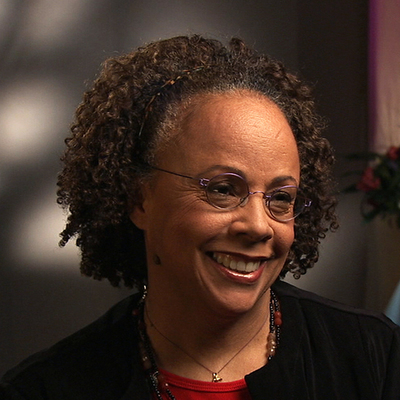“Everyone knew that all islands were worlds unto themselves, that to come to an island was to come to another world.” —Guy Gavriel Kay
When you hear the word leper, what do you think? When I do school visits, the subject is greeted with either confusion or disgust. If it’s the former, I explain that it is a bacterial disease that damages nerves, often leading to the loss of fingers, toes, or noses. The disgust follows quickly after. I wrote The Island at the End of Everything because I used to feel like that too, and because I came to realize the error of my ways. Before I wrote stories for children, I wrote poetry for adults. I was at a poetry prize ceremony when someone stood up and read a poem entitled “Culion.” It spoke of abandoned hospitals, forgotten patients, a beautiful island haunted by a dark past. I was instantly intrigued. Afterwards, I asked the poet how they had gotten the idea, and they told me that Culion was a real island in the Philippines, which between 1906 and 1998 grew into the largest leper colony in the world.
That night, I stayed up late Googling Culion. Initially, I was driven by a sort of morbid fascination, but this quickly evolved into a deep sadness at both my reaction and the lives and deaths of the inhabitants of Culion. Throughout history, people with leprosy have been treated appallingly. Their disease and subsequent deformity were associated with sin and poor hygiene in everything from law to the Bible when in actuality it is caused by bacteria similar to a cold, only much harder to catch. One solution was to isolate them from society, and the most extreme implementation of this was the conversion of islands into leper colonies.
Culion was far from the first island leper colony, but it was the biggest. In 1906, a law was passed in the Philippines segregating healthy inhabitants from those with leprosy. On paper, this may seem a good idea; in practice, it was devastating. Children were taken from their parents, and families were ripped apart, never to be reunited. When I actually stopped to think of what the word segregation means, it horrified me. And I knew I had a story to tell. Ami lives happily on Culion with her Nanay, who has leprosy. She spends her days caring for her mother and watching for butterflies, but their peaceful existence is wrecked by the arrival of a cruel government official, Mr. Zamora. He oversees the segregation, and along with several other children, Ami is taken from her mother and transported to an orphanage across the sea. Mr. Zamora, an avid butterfly collector, runs the institution and makes the children’s lives a living hell. But Ami forms a friendship with a honey-eyed girl named Mari, and together they set out to try and find a way back to the island at the end of everything.
Placing a child at the center of the story enabled me to enter its emotional heart. Children are so often underestimated and overlooked, and this allows them freedom from both scrutiny and responsibility. Ami and Mari are brave and bold, and driven by an uncomplicated love of both each other and Nanay. Ami’s greatest strength is kindness, and a willingness to see the best in anyone, and this protects her from much of Mr. Zamora’s threat. But time and the tide are against them.
Writing The Island at the End of Everything taught me that disgust is often driven by fear, and that tolerance is perhaps the best path to love, which is the opposite of fear. Telling Ami’s story grew my heart and my mind. I hope it does the same for my readers.













 Junior version
Junior version












